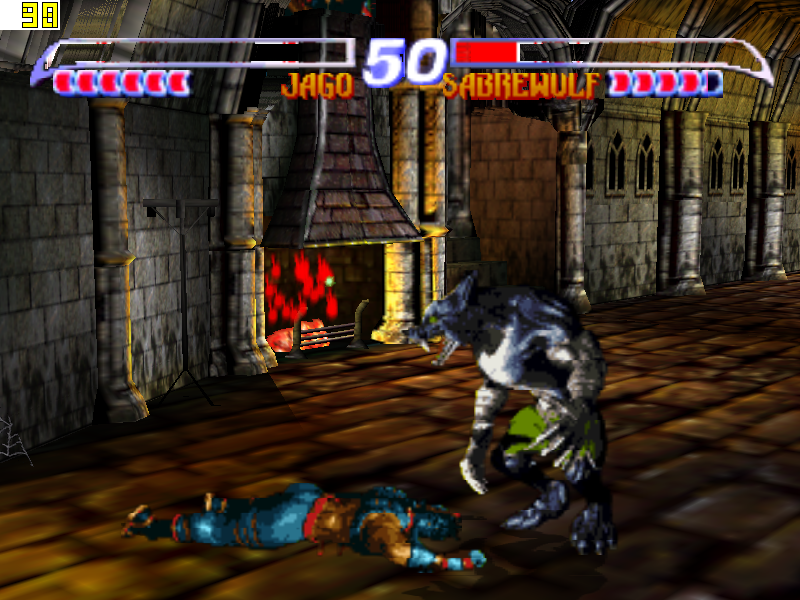

Hailing from the central and western areas of Khador, the Khardic people are the most numerous in the Empire. The exact correlation or source of the Gift of Magic is unknown, as its study is still in the infant stages. The elves relate this event of magic birth among humans to the dying of their last goddess. This is mostly due to the Gift of Magic, a Gift claimed as one given by the deity Thamar. Though fantasy standards such as Dwarves and Elves exist, the vast majority of the setting is populated by and run by Humans. The Iron Kingdoms is a Human-dominated campaign setting. At a time known as the Rivening to the elven kind, the whole of eastern Immoren was desolated by great changes in climate, and what was once a small desert had erupted into a vast wasteland known as the Bloodstone Marches. Western Immoren is the home of the Iron Kingdoms and the other races. The Continent of Immoren lies in the world known as Caen. The trollkin inhabit the Wild area outside of the Kingdom walls in the Thornwood, and care little for the technology of the new world. Rhul is the dwarven kingdom, and Ios is the elven. The Iron Kingdoms lie on the continent of Immoren consists of the following Kingdoms: Cygnar, Khador, Llael and Ord. Their name alone is the embodiment of the spirit of the ancestry of the Human kind. Having overcome insurmountable odds and writing history in blood red ink, penned with steel, The Iron Kingdoms stand strong against all opposition. ( November 2020) ( Learn how and when to remove this template message) Please help rewrite it to explain the fiction more clearly and provide non-fictional perspective. This Dungeons & Dragons-related section describes a work or element of fiction in a primarily in-universe style. Privateer's No Quarter magazine supported both the role playing and miniatures sides of the Iron Kingdoms for a while, but later became focused on miniatures and Iron Kingdoms fiction. The Iron Kingdoms world was furthered developed by Liber Mechanika (2005), which provided more information on the mechanical entities, Five Fingers: Port of Deceit (2006), a setting book, and Monsternomicon Volume II (2007), another monster manual.
#Witchfire trilogy conversion full
The campaign setting book was finally published in two parts as Full Metal Fantasy volume 1 (2004) and volume 2 (2005), and these books were released under the OGL rather than the d20 licence that Privateer had used to publish its earlier RPG materials. After those first five RPG books, Privateer's next publication was Warmachine: Prime (2003), a miniatures combat game set in the Iron Kingdoms. The next year Privateer produced two more Iron Kingdoms books: Lock & Load (2002), a character primer and The Monsternomicon (2002), a monster manual, and also promised a complete campaign setting book for the Iron Kingdoms. The adventures won Privateer the first of many awards – including Ennies for "Best World" and "Best Art". The Iron Kingdoms setting was first seen in the first publications by Privateer Press, a trilogy of adventures: The Longest Night (2001), Shadow of the Exile (2001) and The Legion of the Lost (2001), which were supplemented by the PDF-only adventure Fool's Errand (2001).

Recently Privateer Press successfully kickstarted a new version based on Dungeons & Dragons 5th edition.

The setting combines high fantasy and steampunk genres into what Privateer Press describes as "Full Metal Fantasy". In 2012, Iron Kingdoms was newly released under a unique d6 rules system closely based on the rules for the miniature war games Warmachine and Hordes from which the Iron Kingdoms RPG is derived. Iron Kingdoms is a fantasy role-playing game, originally published by Privateer Press on July 1, 2004, for the d20 System, with several supplemental books released in following years.


 0 kommentar(er)
0 kommentar(er)
